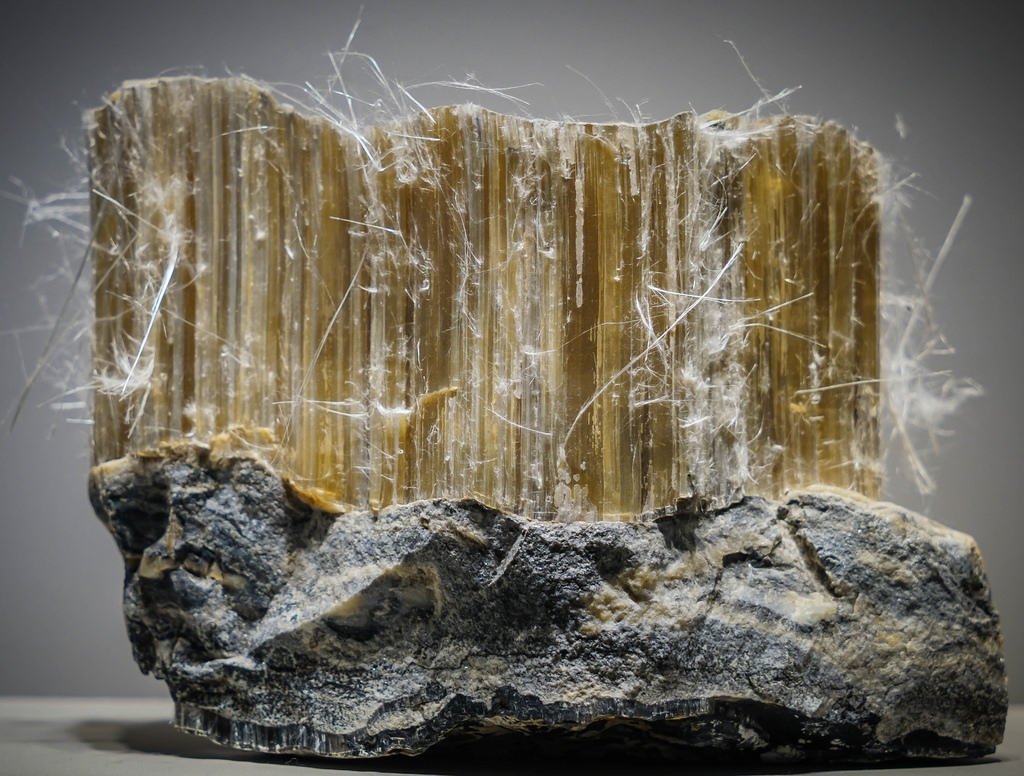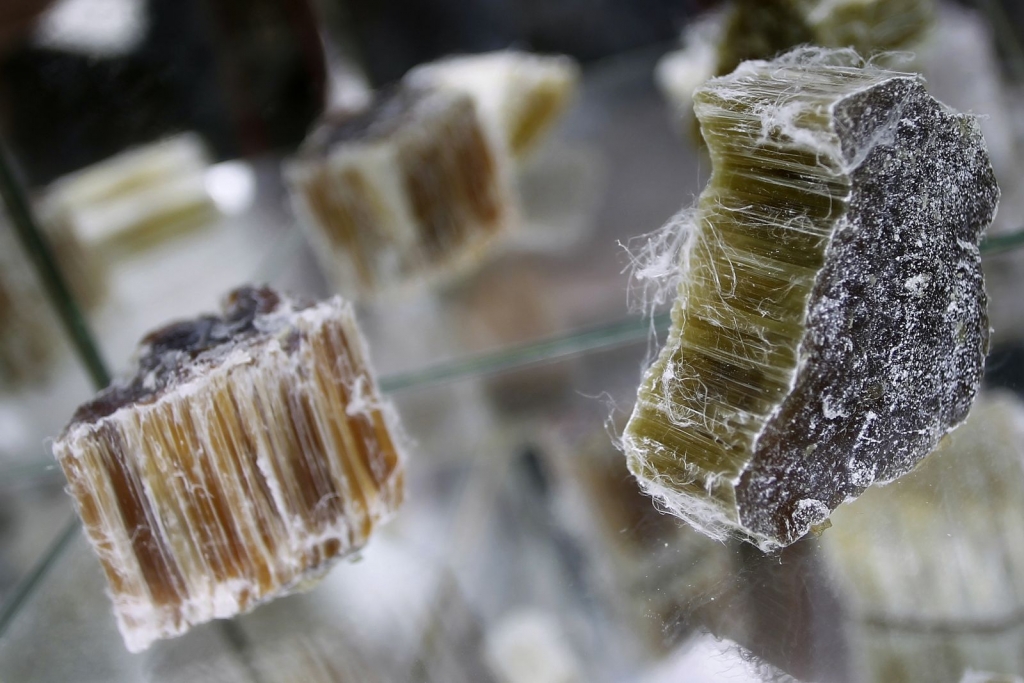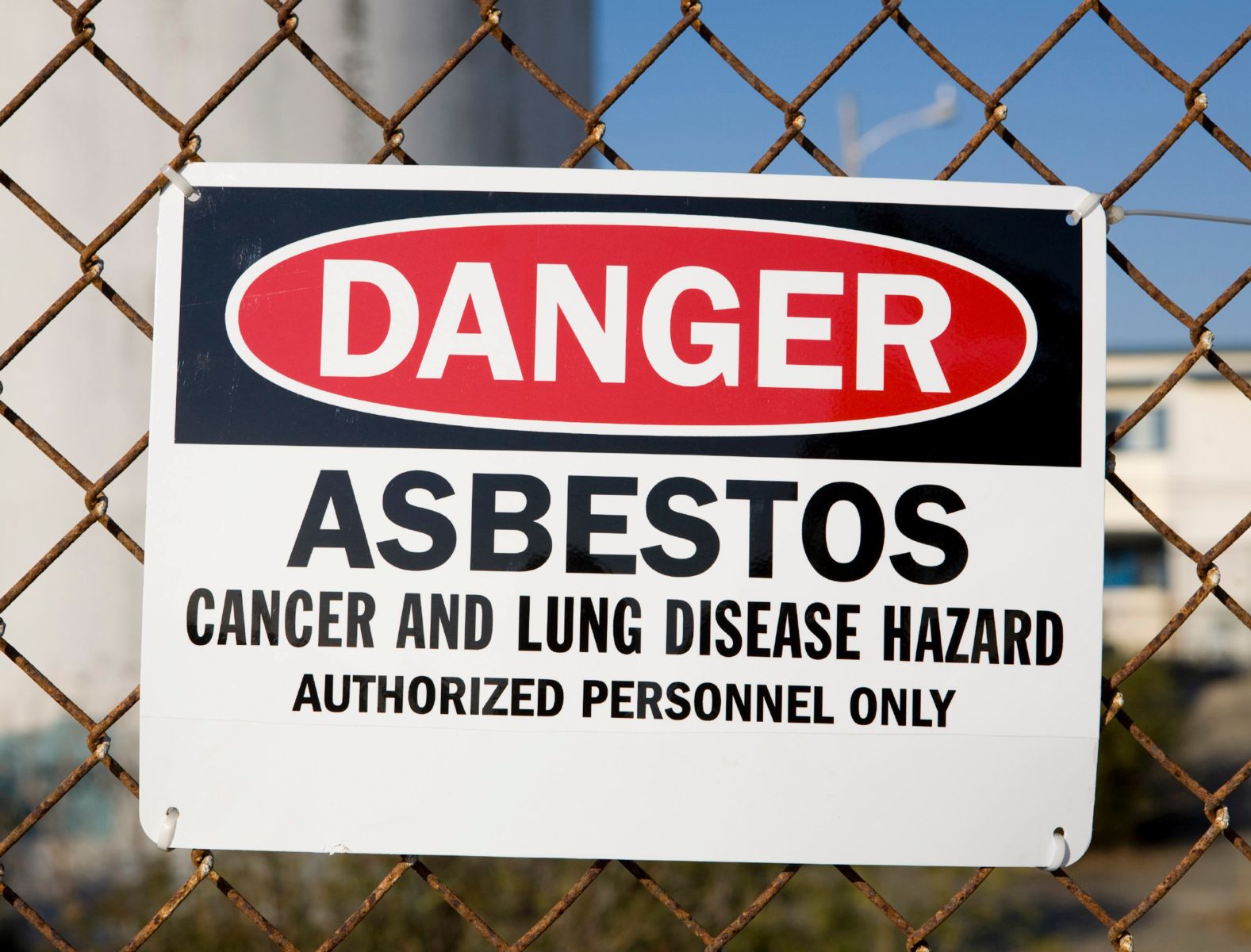What is Asbestos?
Asbestos is a naturally occurring group of minerals that consist of flexible, fire-resistant fibers that can only be identified using a microscope. Historically, asbestos has been added to various products in order to strengthen them and provide heat insulation and fire resistance. In most products, asbestos is combined with a binding material to deter the fibers from being released into the air.
However, if asbestos becomes airborne and is inhaled, it can create a serious health threat. Asbestos fibers break down into very small fibers that can be easily introduced into the lungs. These fibers can accumulate and remain in the lungs for a long period of time. This accumulation can increase the risk of cancer and other related lung diseases, which often do not appear for many years.

Where Is Asbestos Found?
Asbestos is found in thousands of products still in use today. Most of these materials are used in heat and acoustic insulation, fire proofing, roofing, and flooring. Some of the more common products that may contain asbestos include:
• pipe and duct insulation
• artificial ashes and embers sold for use in gas-fired fireplaces
• resilient floor tiles and sheet flooring
• building insulation
• wall and ceiling panels
• carpet underlays
• patching and spackling compounds (use was banned in 1977)
• brake pads and linings
• pot holders and ironing board pads
• hair dryers
• electrical wires
• patching and joint compounds, textured paints
• roofing and siding shingles (asbestos cement)
• toasters and other appliances
• soundproofing and decorative materials sprayed on walls and ceilings
• older stove top pads
• asbestos paper, millboard, or cement sheets that are used on walls and floors around wood-burning stoves
• oil and coal furnaces and door gaskets that may have asbestos insulation
Houses built between 1930 and 1950 may also have asbestos as insulation.


What Should Be Done About Asbestos in Your Home?
Asbestos is rarely ever used alone, and is generally safe when combined with other materials that have strong bonding agents. As long as the material remains bonded, preventing the fibers from being released, it doesn’t pose a health risk. If asbestos-containing materials deteriorate over time, it increases the likelihood that the residents of the home will be exposed heightened health hazards.
If you believe that asbestos may be in your home, there’s no need to panic. Usually, the best thing to do is, assuming the asbestos material is still in good condition, is to leave it alone. If the Asbestos material is in good condition, it will not release harmful asbestos fibers. Health hazards come into play when the asbestos material is damaged or tampered with causing the fibers to be broken down, released into the air, and subsequently inhaled into the lungs.
If the asbestos material is partially damaged, or if you plan to make changes in your home that could disturb it, repairing or removal by a professional is needed. Before you have your home remodeled, you are strongly encouraged to find out whether asbestos materials are present.
What If You Have an Asbestos Problem?
The risk of disease caused by asbestos can depend on the level and extent of exposure. Exposure to small levels of asbestos for brief periods of time poses only slight risks. Asbestos fibers are capable of penetrating body tissue, and the lining of the lungs, as well as the abdominal cavity. Those fibers that remain in the body are believed to be responsible for asbestos-related diseases like asbestosis, lung cancer, and even mesothelioma. These asbestos related illnesses can take 20 or more years, for symptoms to emerge.
If you think that you might have a problem, you should have a sample of the suspected material submitted to a laboratory for analysis. Asbestos professionals can perform home inspections, take samples of suspected material, assess its condition, and advise about what corrections are needed and who is qualified to make these corrections. An asbestos assessor hired to inspect the property should not be affiliated with an abatement firm. Asbestos rules and regulations are in place, requiring two different firms to protect the customer and ensure there is no conflict of interest.
It is recommended that every person performing work in your home should be properly trained and licensed in asbestos work. State and local health departments of EPA regional offices should have listings of licensed professionals in your area.
Asbestos Do’s and Don’ts
• DO keep activities to a minimum in any areas having damaged material containing asbestos.
• DO take every precaution to avoid damaging asbestos material.
• DO have removal and repairs done by individuals trained and qualified in handling asbestos.
• DON’T dust, sweep, or vacuum debris that may contain asbestos.
• DON’T saw, sand, scrape, or drill holes in asbestos material.
• DON’T track material through the house that could contain asbestos.

